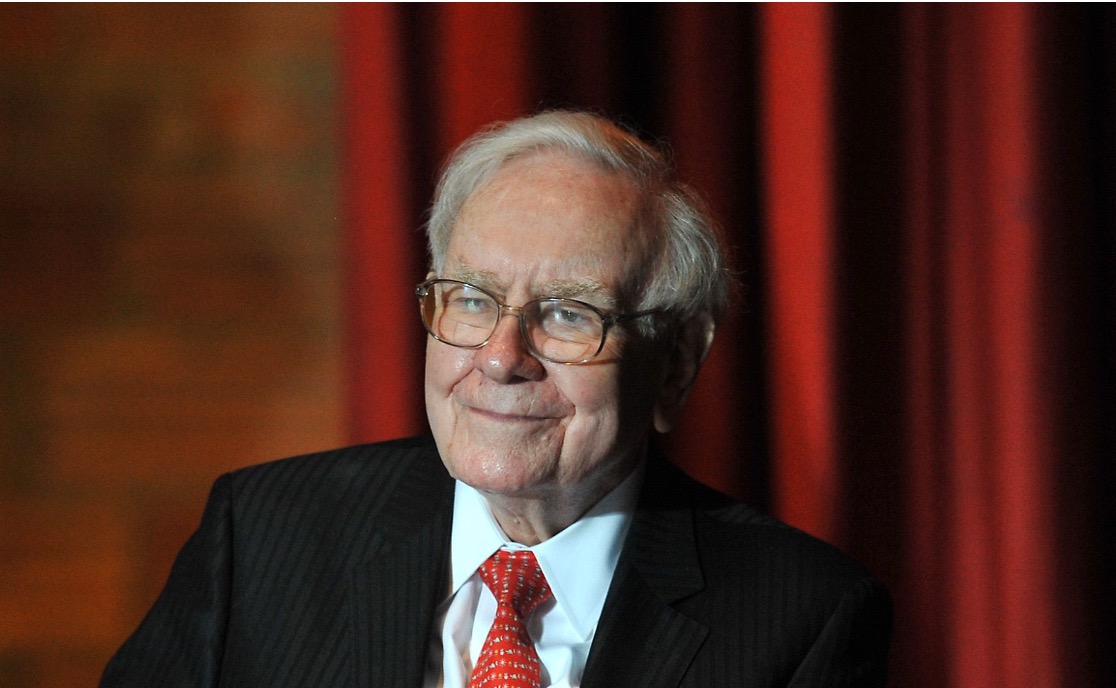
The global mobile gaming market size accounted for around USD 212.06 Billion in 2023. According to projections by Precedence Research, it is expected to reach up to USD 775.69 billion by 2032, growing at a CAGR of 15.5%. The U.S. is believed to account for 40% of year-over-year growth in the market, with other significant consumers being China, Japan, South Korea, Taiwan, Germany, and the UK. So, what are the factors driving the astronomical growth of the mobile game industry and what innovations can we expect in the coming years?
From increasing smartphone adoption to online gaming communities
In general, online gaming has become incredibly popular in the past few years due to the internet’s accessibility. Smartphones and other portable devices like tablets have also become more available. Nowadays, mobile users can access popular titles such as Roblox, Royal March, and Crash Game easily. The latter is an example of gamification applied to the world of cryptocurrencies. Accessible through PCs and mobiles, the game imitates the unpredictable nature of trading markets, as players need to cash out before the multiplier crashes. Thanks to greater mobile devices’ availability and accessibility, games like the aforementioned become more inclusive, enabling players from diverse backgrounds to participate.
The rise of online gaming communities is yet another key factor driving the mobile gaming industry. Developers frequently lean on community input to refine games, introduce new features, and tackle pressing issues. Players actively contribute to online forums and social media groups through content creation and sharing tips, strategies, and experiences. Beyond geographical confines, mobile gaming facilitates global connections. Players from different corners of the world can team up, discover diverse cultures, and engage in friendly competition. All of this fosters a sense of community and makes the mobile gaming experience more appealing to users worldwide.
eSports have also contributed to the implosion of mobile gaming’s popularity worldwide. In essence, eSports (short for electronic sports) involves professional players or teams competing in various video game titles, often in front of live audiences or streamed to viewers online. Clash Royale, PUBG Mobile, League of Legends: Wild Rift, and other titles have established themselves as successful, competitive eSports, with dedicated followers and professional players. PUBG’s global 2023 championship, for example, drew nearly 1 million spectators and boasted a pool prize of USD 3 million. Not only do such tournaments boost the popularity of mobile gaming, but they also strengthen the communities surrounding particular titles or franchises.
Industry innovations and future expansion
The evolution of mobile gaming has been (and will continue to be) significantly influenced by advancements in hardware. Mobile devices, which once had modest processors and limited RAM, have gone through substantial improvements. Contemporary smartphones and tablets now boast powerful CPUs and GPUs, enabling the smooth rendering of sharp 3D graphics and the support of resource-intensive games. Furthermore, enhancements in thermal management have addressed overheating concerns during extended gaming sessions, contributing to a more seamless gaming experience. In the near future, we can expect even more hardware innovations in mobile gaming devices.
There has also been a surge in mixed-reality gaming, which involves virtual reality (VR) and augmented reality (AR). AR, for example, enhances player interactions by overlaying digital elements onto the real world through the device’s camera. On the other hand, some mobile devices support VR headsets that directly render 3D environments to the user’s eyes. The release of Apple Vision Pro is set to revolutionize the mixed-reality experience. The device itself offers the possibility to access titles from the Apple Arcade and a handful of games specifically adapted to this format.
Finally, we might continue to see greater efforts to tailor mobile gaming experiences to local cultures and languages through thorough localization endeavors. Game developers are dedicating resources to translating dialogues, integrating culturally significant elements, and modifying gameplay mechanics to cater to specific regions. This approach ensures that mobile games not only achieve a worldwide audience but also connect with players on a more personal level.
To conclude
Mobile gaming is a billionaire industry of constant development and growth. Such growth is driven by numerous key factors, including the proliferation of the internet and the increasing adoption of mobile devices. The formation of online communities and the rise of competitive tournaments are also important components in this landscape. In the future, we can expect innovations in hardware as well as the introduction of mixed-reality and more localization strategies.
Interesting Related Article: “Is The iGaming Industry Really Going To Hit $155 Billion By 2030?“









